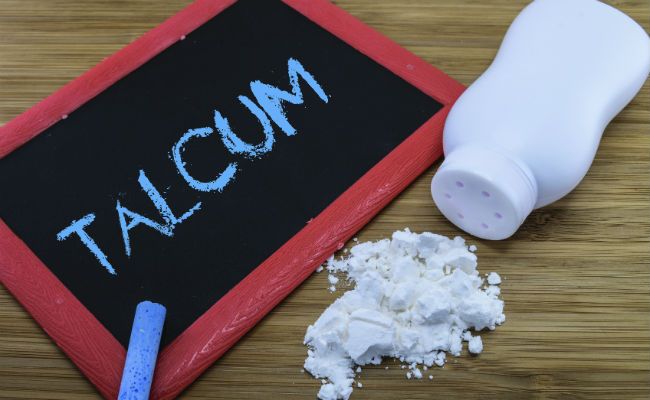With so much going on in our busy lives, we don’t always have time to dedicate to shampooing our hair everyday. Besides, your hair health would suffer if you did. If your hair tends to look greasy after a long day of work, school, and exercising, give dry shampoo a try. If you haven’t added one to your locker, purse or backpack yet, you’re missing out.
What is a dry shampoo?
Dry shampoos completely refresh your greasy roots in between washes, allowing you to get more days out of your last style. No time to wash your curls? No problem. Just a little sprinkle of that magical white powder and all is good. And believe it or not, the idea of dry shampoo is not new. It has been around for decades now; I still remember my grandma telling me about how she used to stretch her style with none other than talcum powder.
The history of talcum powder dry shampoo
Talcum powder (also called talc for short”> was the first ingredient used to practice the dry shampooing method. Now it has evolved into cute, fancy aerosol can versions that are widely available at most drugstores and beauty speciality stores.
Before 1973, talc products for cosmetic use were not regulated; asbestos were often found in them. Researches found that talc inhalation were collecting in people’s lungs near asbestos deposits. Asbestos deposits are minerals shaped in a long, thin way (it is different from the majority of the normal inhalation particles–long shaped deposits are the culprit for lung cancer, asbestosis and mesothelioma”>. Since 1973, however, every regulated cosmetic talc product has to be free of the cancer causing particles.
The link to cancer
In 1993, the US National Toxicology Program published a study about the possible links between talcum powder and lung cancer, while another study in 1997 by the Oxford Journals (Cook, L.S., M.L. Kamb, and N.S. Weiss, Perineal”> showed that talcum powder exposure led to a greater risk of ovarian cancer.
National Institute of Health (Am J Epidemiol, 1997. 145(5″>: p. 459-65″> also connected ovarian cancer to the perianal use of asbestos free talcum powder. But today, this is not considered valid. The study failed in showing a causal link–and the increase in ovarian cancer was attributed to other factors.
The IARC’s classification of talcum powder as a ‘possible’ carcinogen reflects the inconclusive state of today’s evidence. Further research is needed to determine if and how talcum powder might increase the risk of ovarian cancer.
The Cosmetic Ingredient Review Expert Panel assessed the safety of talc for use in cosmetics and concluded that talcum powder is safe for use in cosmetics.
The US Report on Carcinogens covers cancer causing substances, and magnesium trisilicate, from which talcum powder is produced, is noticeably absent from this list (U.S. Department of Health and Human Services, 12th Report on Carcinogens. 2011, Public Health Service-National Toxicology Program“>.
The Cosmetic Ingredient Review Expert Panel assessed the safety of talc for use in cosmetics and concluded that talcum powder is safe for use in cosmetics. However, they noted that it should not be applied to skin when the epidermal barrier is missing or significantly disrupted (due to infections”>.
So, is talcum powder dry shampoo good or bad?
Lung cancer is not related to cosmetic talcum powder now that since it has been regulated to be completely asbestos free.
Talc-free dry shampoo options
If you prefer to avoid talcum powder dry shampoo altogether, corn starch is another excellent oil absorber and can be found in several natural dry shampoos. You can also find store bought talc-free dry shampoos:
- Lulu Organics Hair Powder
- Burt’s and Bees Baby Bee Dusting Powder
- Alterna Haircare Caviar Dry Shampoo (note that this is not Curly Girl method approved because it contains silicones”>
Remember, dry shampoo is not a substitute for water. It is used to help you prolong wash day or preserve your style a few days longer. A dry shampoo can help increase the number of days between washes, but a cleaned and hydrated scalp is still a must for healthy hair.

